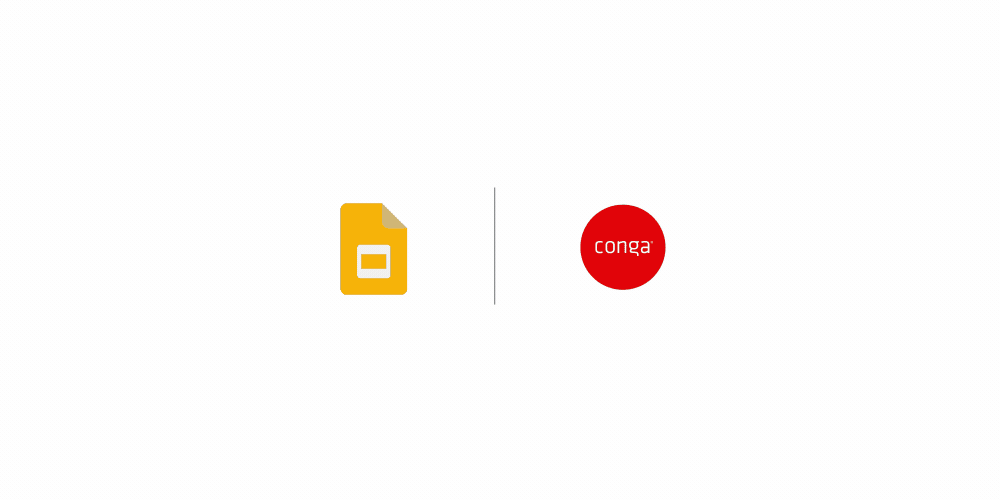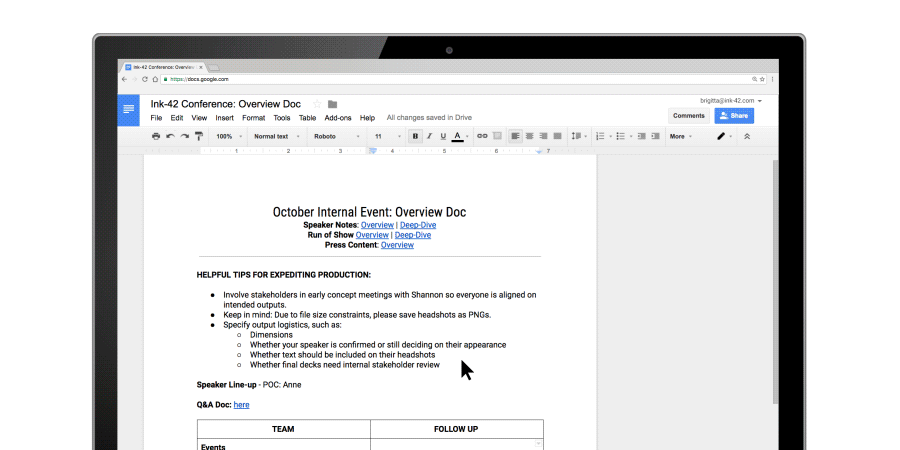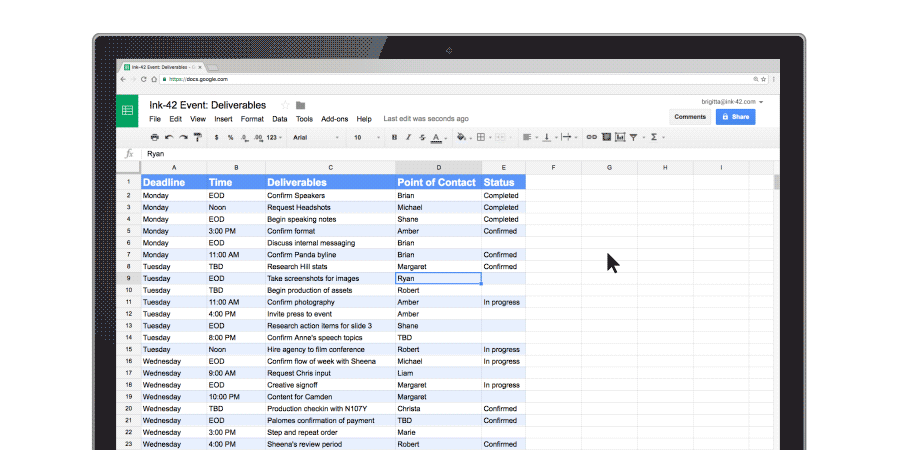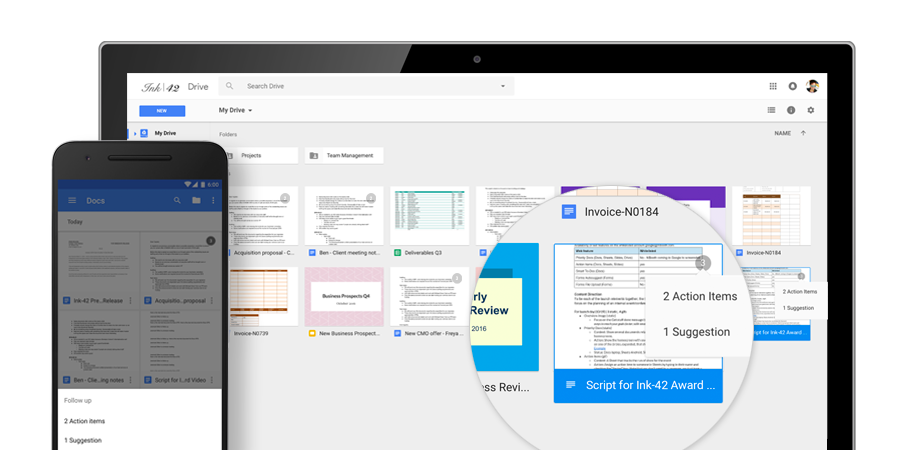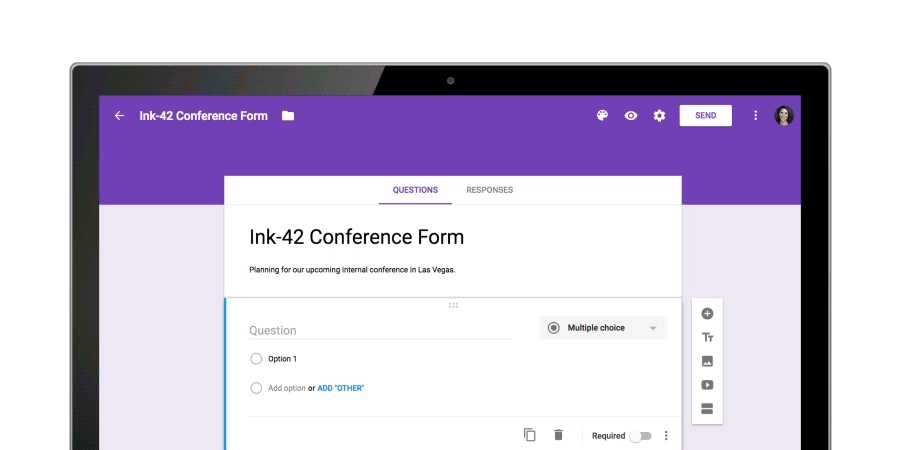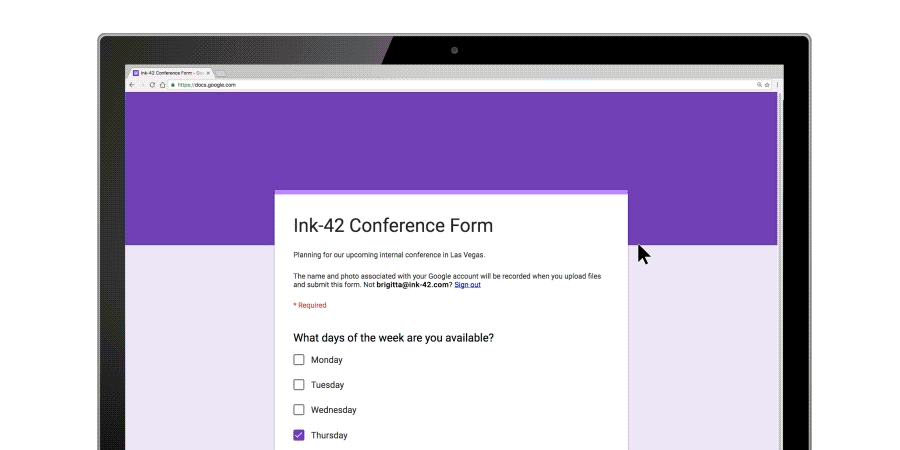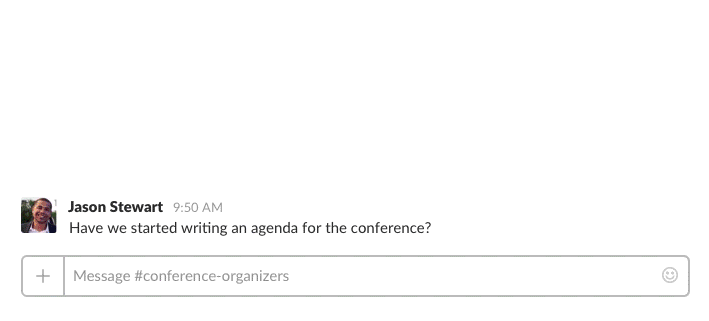We recently launched new tools in G Suite like Explore, Action items, and other features to help your teams save time and focus on what’s important: creating impactful work, quicker. We know time spent re-creating files in the workplace takes away from the time your team can spend collaborating and achieving results.
That’s why, today, we’re rolling out custom templates in G Suite for the Docs, Sheets, Slides and Forms files your teams use the most.
With this new feature, your team can simply submit files to shared template galleries in the Docs, Sheets, Slides and Forms home screens for your co-workers to adapt and use as needed. With these customizable templates, your teams can focus less on formatting and more on driving impact and sharing success.
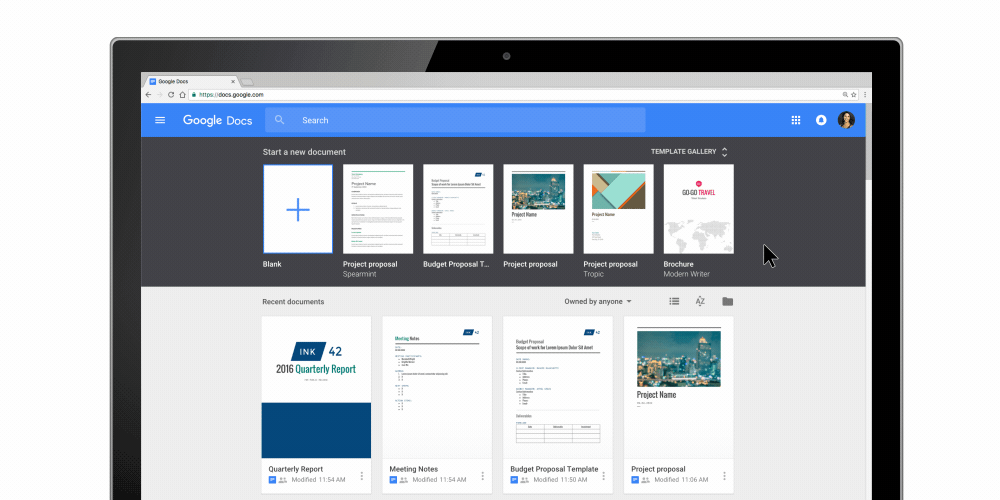
G Suite for Business and Education customers can require templates be approved before they appear in the gallery or restrict who can submit new templates. Admins can learn more about enabling and using custom templates on the G Suite Apps Updates Blog.
